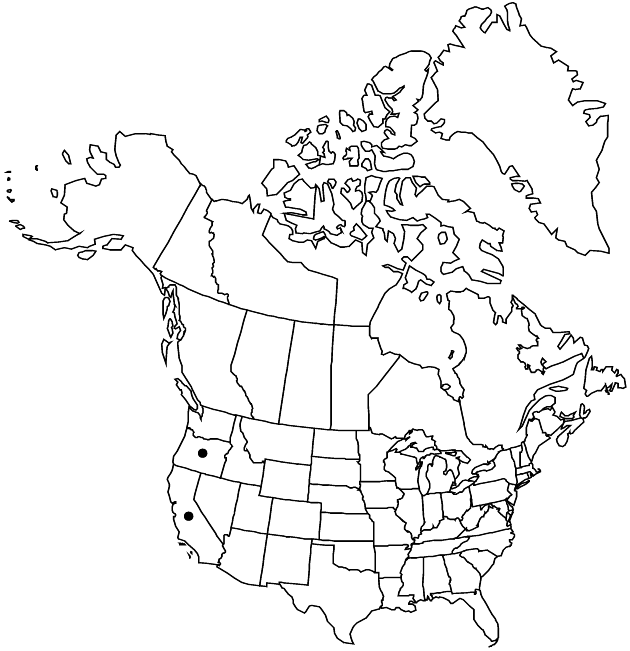Cirsium ciliolatum
Leafl. W. Bot. 9: 9. 1959.
Perennials 60–200 cm, arachnoid, tomentose; runner roots producing adventitious-buds. Stems 1–several, erect, thinly arachnoid to densely white-tomentose; branches 0–few, ascending. Leaves: blades oblongelliptic, 10–30 × 3–12 cm, margins finely spiny-toothed and otherwise undivided to coarsely dentate, shallowly lobed, or deeply laciniate-pinnatifid, lobes broadly triangular to linear-lanceolate, main spines 1–6 mm, abaxial white-tomentose, adaxial faces ± green, thinly to densely arachnoid-tomentose; basal often present at flowering, winged petiolate; principal cauline well distributed, proximally winged-petiolate, distally sessile, gradually reduced, bases auriculate-clasping or short-decurrent as spiny wings; distal cauline few, reduced to linear bracts. Heads borne singly and terminal on main-stem and branches, or few in corymbiform arrays. Peduncles 0–15 cm. Involucres ovoid to hemispheric, 1.5–2.3 × 1.5–3 cm, thinly arachnoid, ± glabrate. Phyllaries in 5–7 series, strongly imbricate, greenish with subapical darker central zone, lanceolate (outer) to linear (inner), abaxial faces with prominent glutinous ridge; outer and middle bodies appressed, entire, apices entire or finely serrulate, spines ascending, slender, 1–3 mm; apices of inner spreading to erect, narrow, ± flattened, finely serrulate, ± scabrous. Corollas dull white to lavender, 15–25 mm, tubes 7–11 mm, throats 5–7 mm, lobes 5–7 mm; style tips 5–7 mm. Cypselae brown, 3.5–7 mm, apical collars tan, 0.1–0.2 mm; pappi white or tawny, 15–20 mm.
Phenology: Flowering spring–summer (May–Aug).
Habitat: Grassy areas, open woodlands
Elevation: 500–1400 m
Discussion
Of conservation concern.
Cirsium ciliolatum is restricted to a few sites in and around the Klamath Range of Jackson County, Oregon, and Siskiyou County, California. It is listed by the state of California as endangered. It is closely related to C. undulatum and perhaps should be treated as a variety of that species. Pending a comprehensive study of the variation within C. undulatum, I have maintained C. ciliolatum as a distinct species.
Selected References
None.
Lower Taxa
"fine" is not a number.
